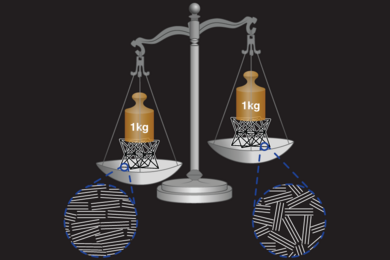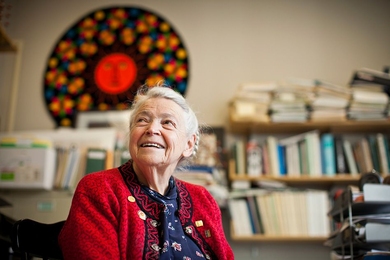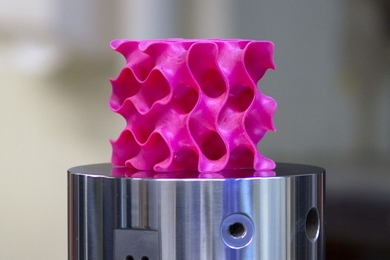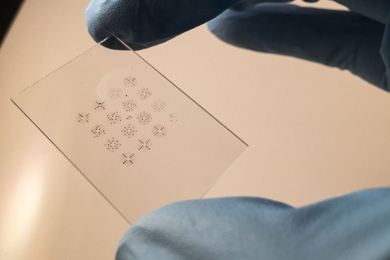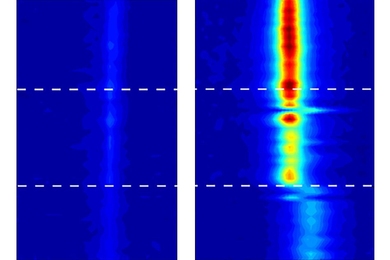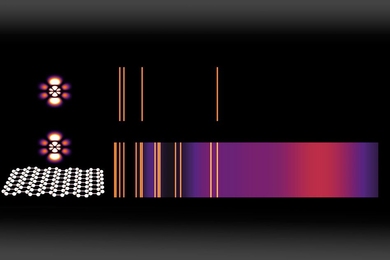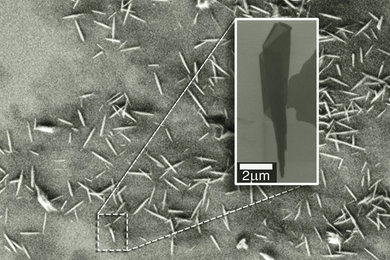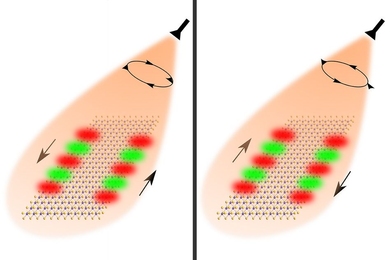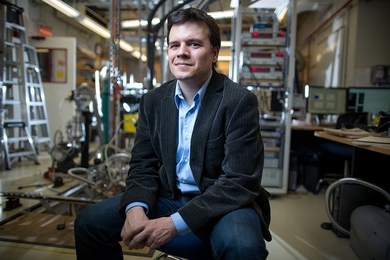Institute Professor Emerita Mildred Dresselhaus, a pioneer in the electronic properties of materials, dies at 86
“Queen of carbon science” and recipient of Presidential Medal of Freedom and National Medal of Science led US scientific community, promoted women in STEM.
Researchers design one of the strongest, lightest materials known
Porous, 3-D forms of graphene developed at MIT can be 10 times as strong as steel but much lighter.
Inside tiny tubes, water turns solid when it should be boiling
MIT researchers discover astonishing behavior of water confined in carbon nanotubes.
The science of friction on graphene
Sliding on flexible graphene surfaces has been uncharted territory until now.
Carbon nanotube “stitches” strengthen composites
Method to reinforce these materials could help make airplane frames lighter, more damage-resistant.
Borrowing from pastry chefs, engineers create nanolayered composites
Method to stack hundreds of nanoscale layers could open new vistas in materials science.
Study opens new realms of light-matter interaction
Some “forbidden” light emissions are in fact possible, could enable new sensors and light-emitting devices.
Wireless, wearable toxic-gas detector
Inexpensive sensors could be worn by soldiers to detect hazardous chemical agents.
Researchers discover new way to turn electricity into light, using graphene
By slowing down light to a speed slower than flowing electrons, researchers create a kind of optical “sonic boom.”
For stronger, lighter, cheaper materials, scroll up
Researchers create perfect nanoscrolls from graphene’s imperfect form.
New way to control particle motions on 2-D materials
Study points the way to new photonic devices with one-way traffic lanes.
In Profile: Pablo Jarillo-Herrero
Experimental physicist explores the wild frontiers of graphene and other ultrathin materials.
New chip fabrication approach
Depositing different materials within a single chip layer could lead to more efficient computers.
